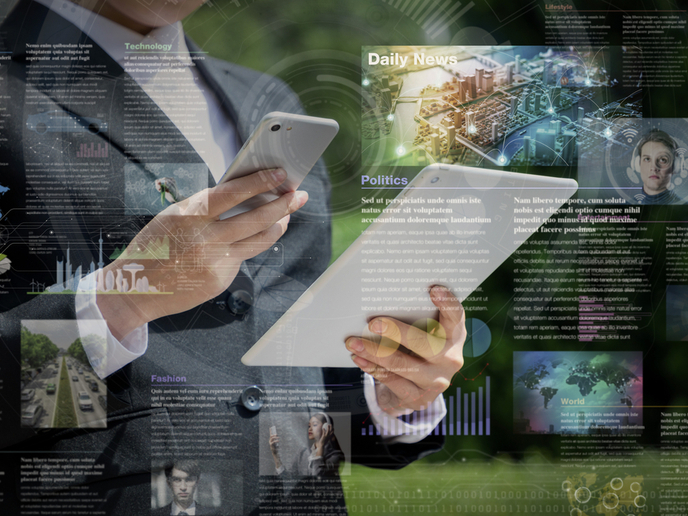Emotive digital experiences for museums and cultural sites enliven the past
Despite being key to an audience’s engagement with cultural heritage, many institutions tend to employ narrative devices to only narrowly communicate the research findings of subject experts, often leaving the audiences’ engagement relatively emotionless. The EU-funded EMOTIVE project developed immersive storylines using a range of technologies including virtual reality (VR), augmented reality (AR) and mobile phone apps, to create more ‘emotive’ cultural site visits. Alongside innovations in image enhancement, mobile app components and 3D reproductions – powered by an easy-to-use authoring tool – the project helps enhance an audience’s understanding and imaginative experience of cultural sites and content (both onsite, offsite and hybrid combinations). EMOTIVE’s range of prototype tools and applications was showcased at the project’s final public demonstration in October last year at the Hunterian Museum at the University of Glasgow. Guests were able to use the project’s prototypes to explore the Çatalhöyük Neolithic archaeological site in Turkey and the Antonine Wall built as a coast to coast defence in Scotland by the Roman’s in AD 142. An example of the immersive experience was one VR environment which had four characters from Roman Britain to guide visitors around the museum’s Antonine Wall displays whereby they could learn more about it by using mobile phone AR apps.
The storytelling engine and digital media assets
Heritage experts can use the EMOTIVE Authoring Tools to collaborate and create interactive onsite digital storytelling audience experiences themselves, which visitors can download to smart devices. These tools cater for varying levels of technical expertise from amateur to expert to produce a range of experiences, from simple text-based presentations to advanced multi-user AR games. The Storyboard Editor enables writers to set up and test storylines and simple digital experiences, while the Visual Scenario Editor defines more complex storylines and designs diverse experiences for both single users and groups, using audiovisual assets created themselves or sourced from the internet. Visual programming allows these authors to create advanced storytelling experiences by adopting already available modules which can be used ‘out-of-the-box’, meaning they do not need to have programming skills. Offsite digital experiences can be augmented with a Mixed Reality Plugin which uses advanced Image-Based Rendering (IBR) techniques to turn typical 2D photography into fully immersive virtual environments. The technology even allows visitors to physically explore historical artefacts, as replicas can be cast and, with the help of the Object Tracking Plugin, brought back to their original state through a VR headset. For remote access, the Floor Plan Editor can create virtual representations of sites by merging 360° photographs and publishing them in a web environment, viewable through EMOTIVE’s Web Experiencing System, combined with the original onsite storytelling. “Regardless of age, location or preservation state, cultural sites are seedbeds not just of knowledge, but of emotional resonance and human connection,” explains project coordinator, Hara Stefanou. “Drama-based narratives, containing careful reference to a site’s cultural content, can transform heritage experiences, encouraging repeat visits and ongoing interaction.” After evaluating the technologies, the team were satisfied that the Authoring Tools were effective and stable for complex mixed reality storytelling for onsite and virtual experiences. The trials also highlighted the importance of social interaction in making the past relevant to the present, as the tools sparked dialogue offering different perspectives and challenging stereotypes, and helped users of the technology confront complex social issues.
Linking with lived experiences
Currently, some modules of the EMOTIVE Authoring Tool are available to cultural institutions through a dedicated portal for a trial period, with the team planning to implement their approach in additional cultural sites. EMOTIVE’s storytelling techniques could be adopted for education purposes, using historical empathy to exercise skills such as decision-making and critical reflection. Refinements are planned so that the technology can be used more widely, for example in tourism, entertainment or marketing. With a business plan already developed, the team is searching for additional funding to advance the technology and reach market readiness, with a view to making the Storyboard Editor and the Visual Scenario Editor available first. As well as having knock-on effects in the local, regional and national cultural economies, this Virtual Museum approach will attract a skilled workforce who can harness the potential of these cutting-edge digital tools.
Keywords
EMOTIVE, emotional, narrative, drama, cultural heritage, historical, virtual reality, artefact, storytelling, augmented reality, museums







